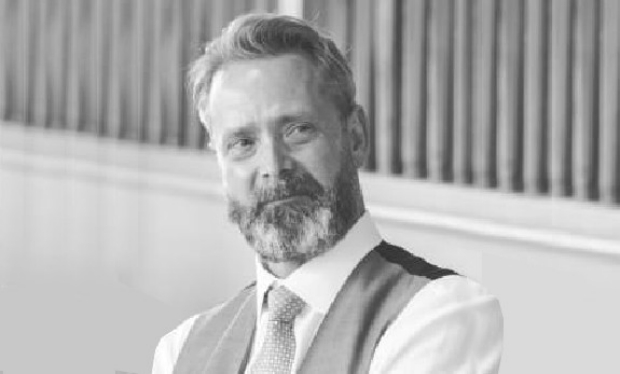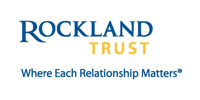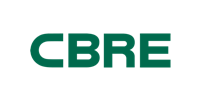Aging & Caregiving Digital Health Reverse Pitches
Hosted by The Massachusetts eHealth Institute (MeHI) in partnership with Aging 2.0
MeHI has been working closely with the Executive Office of Health and Human Services (EOHHS) and the Baker administration to advance the digital health ecosystem and explore how these new technologies can improve healthcare in the Commonwealth. Last week’s Reverse Pitch event was a first of its kind event for Aging 2.0 Boston. Under the leadership of Tim Driver, our chapter’s new Ambassador and 2017 Influencer in Aging, our planning committee sought to co-organize a uniquely themed event that might pave the way toward a protypical networking experience focused on casting a wide net and solving real world challenges.
What have we learned? Savvy business leaders are beginning to realize that much of the scaffolding for innovation has already been built by digital giants and the entrepreneurial community. Connectivity to these resources is lost absent more integrative thinking that rescues one from a siloed context. Mobile technologies in particular are seemingly ubiquitous and often designed for a broad array of user personas – not just boomers or seniors. There is an obvious silver lining here when we step outside of our aging services vertical – and allow ourselves to be informed by what we see in app stores, Kickstarter, Indiegogo and directories like Product Hunt. – we are reminded that many so-called industry-related problems are really just universal human problems in disguise. More importantly, many of these challenges are already being solved (or at least addressed) in adjacent spaces that are unencumbered by the concept of age cohorts.
How might we better connect the dots and foster more integrative solutions? Herein lies the opportunity contemplated by the Aging 2.0 Boston Reverse Pitch event where provider constituents in the field of Aging Services engaged in discussing how “new” repurposed tools and services might be responsive to distinct problems and challenges confronting the so-called Future of Aging. The Panel Participants were charged with identifying “passionate problems” in their own enterprise that are ripe for innovative solutions and offering them up to designers and entrepreneurs in the audience who might have an idea about how to accelerate a solution to market. Through the intersection of organizations like Aging 2.0, MeHI and Continuum Innovation, we now have a relatively captive audience for the most coveted resources of (1) designers that can create and/or reimagine tools, and (2) providers representing users that can test them.
The Reverse Pitches
The following presents “Passionate Problem” statements shared by each of the Provider panelists:

PAUL ADAMS
Senior Director of Connected Health at Phillips Home Monitoring
“We want technology that provides better guidance, information and interaction between seniors and their family caregivers in the home.”

KATE GRANIGAN
CEO, LifeCare Advocates
“We want to create an interactive dashboard to look at the whole person’s needs (financial, legal, housing, health) that they or we could tweak or update as their situation changes.”

MARGARET HOGAN
CEO, Boston Senior Home Care
Currently, most existing care coordination technology is designed for clinicians. What if we designed for consumers and caregivers?

VERONICA BARNER, LNHA, ED.D
Senior Vice President of Human Capital, Benchmark Senior Living
“People with dementia often don’t have the ability to communicate their physical and emotional needs. What if there were a way to make family and professional caregivers aware of those needs as they were happening?”

CHRISTOPHER SINTROS
President and CEO, Deaconess Abundant Life Communities
“We need technology that will liberate our workforce from managing information and deliver real time wearable data on a resident’s preferences, conditions and care plans as soon as they enter the resident’s home.”
Where do we go from here?
While topics of discussion were diverse, two broad elements of commonality seemed to emerge to constitute a “theme” of the event – or at least the “takeaway” challenge. First, connectivity inasmuch as technology is breeding a smaller world with real time access to one another and critical information. Second, the growing need for personalization of technologies that can be customized to individual needs and preferences. In the realm of Aging Services, opportunities abound where connectivity coupled with personalization will breed valued technology solutions. Beyond healthcare providers, primary family caregivers require better information access to monitor the well-being and needs of their loved ones – and to guide their own sense of oversight and intervention. As Christoper Sintros noted in his remarks, “we need to learn how to better leverage technology so that our cargivers are 100% focused on caregiving.” He added parenthetically that “our frontline caregivers – our front-line staff – have not benefitted from technology.”
In spite of all the accelerator groups that have emerged and are multiplying – and the c-suites that proudly wave the banner of innovation – our collective efforts are still somehow off the mark. In order to truly Change Aging, we should focus on the simple things first. The future is already here as they say – it is just not evenly distributed! Of course, we are not suggesting that all of the solutions we are seeking exist already or that they are in a turn-key state. Rather, our insight is just that there are so many parrallel activities present that our key actionable attention should be laser-focused on (1) awareness of what has been done already and (2) the desire to connect with the right people. We are all standing on the shoulders of giant. It would be a critical mistep to move forward in in our care business with blinders on.
Here is one example lead…
Sentio Solutions has created Feel, the first wristband to monitor emotional wellness, track feelings and manage stress. The integrated wristband sensors measure and track biosignals throughout the day, including galvanic skin response, blood volume pulse and skin temperature, to show individuals how their mood is affected by factors such as activity, the people they meet and environmental conditions. Through Bluetooth enabled communication, the Feel app visualizes the results and provides personalized recommendations to improve emotional health. Co-founded by George Eleftheriou and Haris Tsirbas, Feel is helping individuals manage their emotional health and improve their overall well-being. For more information visit www.myfeel.co.
Source: Feel at Make in LA Demo Day
Feel at Make in LA Demo Day
Sentio Solutions has created Feel, the first wristband to monitor emotional wellness, track feelings and manage stress. The integrated wristband sensors measure and track biosignals throughout the day, including galvanic skin response, blood volume pulse and skin temperature, to show individuals how their mood is affected by factors such as activity, the people they meet and environmental conditions.
Lets try to connect people, products and organizations actively together
This is an unprecedented time in our history because we are now often able to use the metaphor of an existing tool to describe modest innovations that established organizations are seeking. For example, in Veronica Barner’s pitch she expanded upon her problem statement by describing how caregivers could benefit from a Fitbit or Apple Watch type of device adapted to monitor mood variations and detecting the onset of depression or other behavioral indicators. Does the feel wearable represent a possible outlet for this problem/opportunity? You never now what the outcome of a chance encounter might be. Why not leverage our collective knowledge to broker these interactions?
Undoubtedly there are people and products waiting for a connection…
Please share any ideas that you have in the form below. People, Products, SDKs – all shareable information has potential value. We will make sure you get connected and follow-up with you.
As technologies evolve, an emerging challenge is to source solutions that promote better aggregation of intelligence and eliminate redundancies of data collection and monitoring. Single source outlets are required that meet the customized needs and expectations of all constituents. Technologies need to be more fully integrated to provide real-time awareness of circumstances – providing timely detection of individual needs and preferences. Consequently, all constituents are aligned and informed such that healthcare providers and allied advocates present a seamless consortium of resources to foster the optimal support system for wellness and care.
Thanks to our Sponsors
We are proud to support and participate on the planning committee for the Local Boston Chapter of Aging 2.0. Events like these would not be possible without the support of our corporate sponsors. Thank you for your valued and recurring participation!













